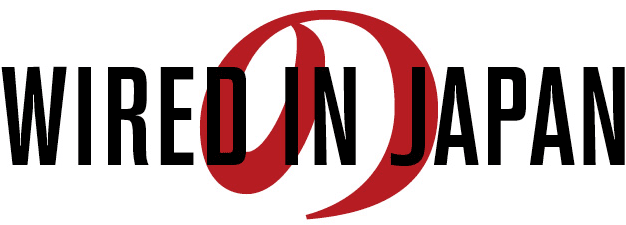I recently came across an interesting new online learning tool called Memrise. You can use it to study a variety of languages, but I have been using it to practice Japanese. Below is a short introduction and preview to Memrise, that I created to show how I use it to study Japanese.
View on YouTube.
So far, I've created a couple lessons of my own, which I will feature here on Wired in Japan. My lessons are focused on learning how to read Japanese in context, where Memrise helps to review vocabulary items and create visual connections between form and meaning.
You can find me on Memrise, here. I have a few lessons available, so sign up and give Memrise a try.
Plant those seeds!






















